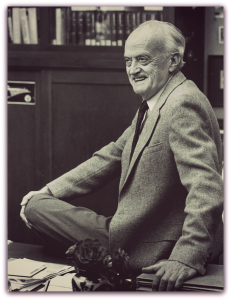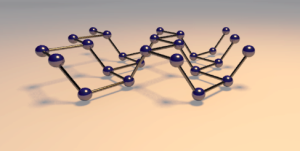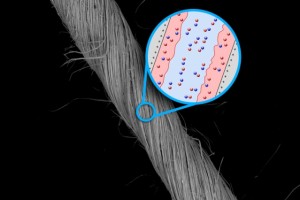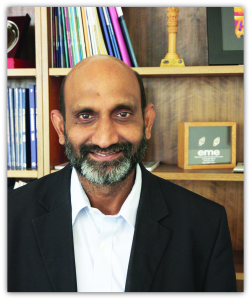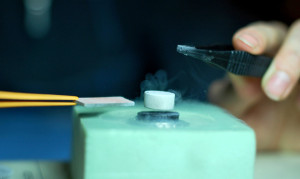
This emerging technology may lead to a theory to guide future engineers.
Image: Futurity/Christian Benke
Researchers from Cornell University are focusing their efforts on developing superconductors that can carry large energy currents, thereby expanding the possible benefits that can be produced by high-temperature superconductors.
In order to coax the superconductors to carry these large currents, researchers have previously bombarded materials with high-energy ion beams. This approach increased the current density carried, but still left the question of what is actually happening in this reaction.
Thanks to the technology of the scanning tunneling microscope (STM), the researchers can now understand what is happening at the atomic level. (German physicist, Gerd Binnig, won the Nobel Prize in Physics in 1986 for the invention of the scanning tunneling microscope He gave the ECS Lecture at the 203rd ECS Meeting in Paris, France.)




